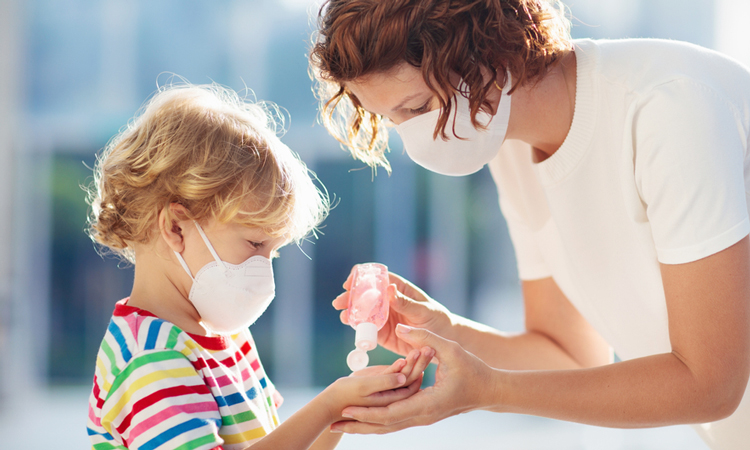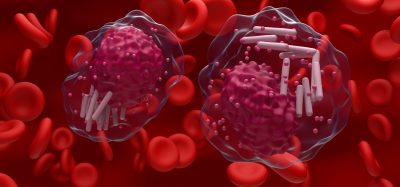Understanding of COVID-19 infections in children will aid treatment development, say researchers
Posted: 20 March 2020 | Victoria Rees (Drug Target Review) | No comments yet
A statement from scientists has highlighted that improving the understanding of COVID-19 infections in children will help researchers to develop better treatments.


Researchers have emphasised that understanding how the COVID-19 coronavirus affects children is critical to limiting the disease’s spread and ensuring that the appropriate treatments can be identified and developed.
The statement comes from Dr Steven Zeichner, head of the University of Virginia Health’s Division of Pediatric Infectious Diseases and Dr Andrea Cruz, a paediatric emergency medicine physician at Houston’s Baylor College of Medicine, both US. Their comment accompanies a new article that analyses why only a small percentage of infected children become seriously ill.
“Many infectious diseases affect children differently than adults and understanding those differences can yield important insights,” the authors write. “This will likely be true for COVID-19, just as it was for older infectious diseases.”
Zeichner and Cruz note that there are subgroups of children who appear to be at greater risk of COVID-19 complications, particularly those who are younger, immunocompromised or have other pulmonary health problems.
However, the presence of other viral infections in up to two-thirds of childhood coronavirus cases makes it very difficult to assess the true effect of COVID-19 on children, they state. This figure is based on prior studies of children with coronaviruses detectable in the respiratory tract.
While much remains unknown, Cruz and Zeichner caution that children, even asymptomatic children, could play a “major role” in disease transmission. For example, they cite a study that found the virus remained in children’s stool for several weeks after diagnosis. Combined with other routes of transmission such as nasal secretions, this could pose a major challenge for preventing the further spread of the disease and for adapting treatments accordingly.
“Since many children infected with COVID-19 appear to have have mild symptoms or even no symptoms at all, it is important to practice all the social distancing, hygiene and other precautions being recommended by public health authorities to mizzen transmission from children to others, including family members who may be at greater risk from the infection, such as grandparents or family members with chronic medical conditions,” said Zeichner, who is working on innovative potential COVID-19 vaccines in his lab. “In addition, studies of the reasons why children are affected differently than adults by the infection may yield insights that can be helpful in understanding the disease and ways to treat or prevent it.”
The comment is published in Pediatrics.
Related topics
Disease Research, Drug Development, Drug Discovery, Research & Development
Related conditions
Coronavirus, Covid-19, Immunodeficiency
Related organisations
Virginia University
Related people
Dr Andrea Cruz, Dr Steven Zeichner








